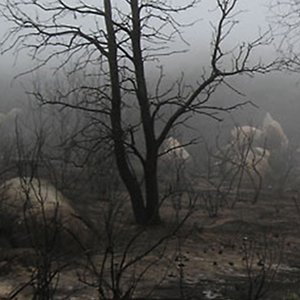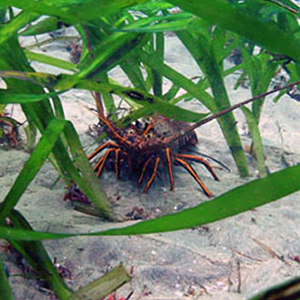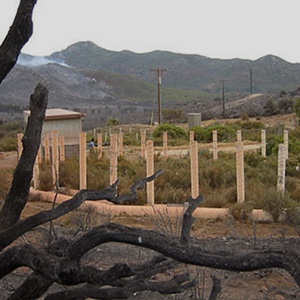
Conservation and Restoration Ecology
SDSU is located in a region that has a serious need and virtually unlimited opportunities for research directed at the restoration and conservation of native habitats. SDSU graduate students have access to some of the most biologically diverse regions in the country, as well as a diversity of natural and restored habitats in marine, coastal, and terrestrial ecosystems. Some of the research issues being addressed by SDSU ecologists include population viability and uncertainty analyses, conservation genetics, the impact of resource and land use on vulnerable wildlife populations, landscape ecology and habitat fragmentation in terrestrial and marine ecosystems, restoration of terrestrial and marine habitats, and impacts and control of introduced species. For more information on local field sites, visit the SDSU Field Station Programs page.

Coastal Marine Ecology
SDSU is recognized as an important center for the study of coastal marine ecology. Our local coastlines have some of the richest marine biodiversity in the nation, and our shores support extensive recreation. However, many coastal habitats of southern California have been seriously affected by development, pollution, and by overexploitation of marine resources. San Diego Bay, Mission Bay, and the Pt. Loma and La Jolla coastlines are heavily used areas that contain valuable habitats for fishes and invertebrates and that form natural laboratories for the study of basic and applied ecology. Ecology faculty conduct research on marine animals, algae and plants in habitats as diverse as kelp forests, seagrass beds, rocky intertidal zones, marshes, and mudflats. Research interests include larval ecology and organism-flow interactions, the influences of habitat structure on recruitment, predator-prey dynamics, population dynamics, biodiversity of fishes and invertebrates, and patterns of variation in giant kelp forests at multiple spatial and temporal scales. Research in coastal marine ecology is supported by SDSU’s research diving and boating programs and by SDSU’s Coastal and Marine Institute Laboratory on San Diego Bay.

Ecosystem Ecology and Global Change
SDSU has a history of excellence in ecosystem ecology and ecosystem responses to global change, and this tradition is continued by several Ecology faculty who have a primary interest in this area. The SDSU Global Change Research Group is conducting research to explore the responses of plants and ecosystems to elevated CO2. This research can in turn facilitate informed policy decisions that affect the world’s biological future. SDSU ecologists also conduct research on the structure and function of soil microbial communities and on ecosystem dynamics of arid and semiarid lands. The SDSU Sky Oaks Field Station provides opportunities to study these changes in relevant research settings and provides much of the technical equipment needed to identify evidence of global change (large scale CO2 field chambers, CO2 controlled growth chambers). Ecology faculty and students also have had access to facilities for remote sensing in SDSU’s Geography and Geology departments.
Our underlying strength is the use of quantitative methods to address issues in basic and applied ecology. Several ecology faculty specialize in the application of statistical and computational methods to the study of ecology, including the use of a variety of univariate and multivariate statistical techniques, the application of statistics and computer models to ecosystem management, individual-based and matrix modeling for the study of population dynamics and species introductions, and experimental design. Ecology students benefit from a variety of course offerings in biostatistics, advanced statistical methodology, and tools for conservation planning and experimental design.

